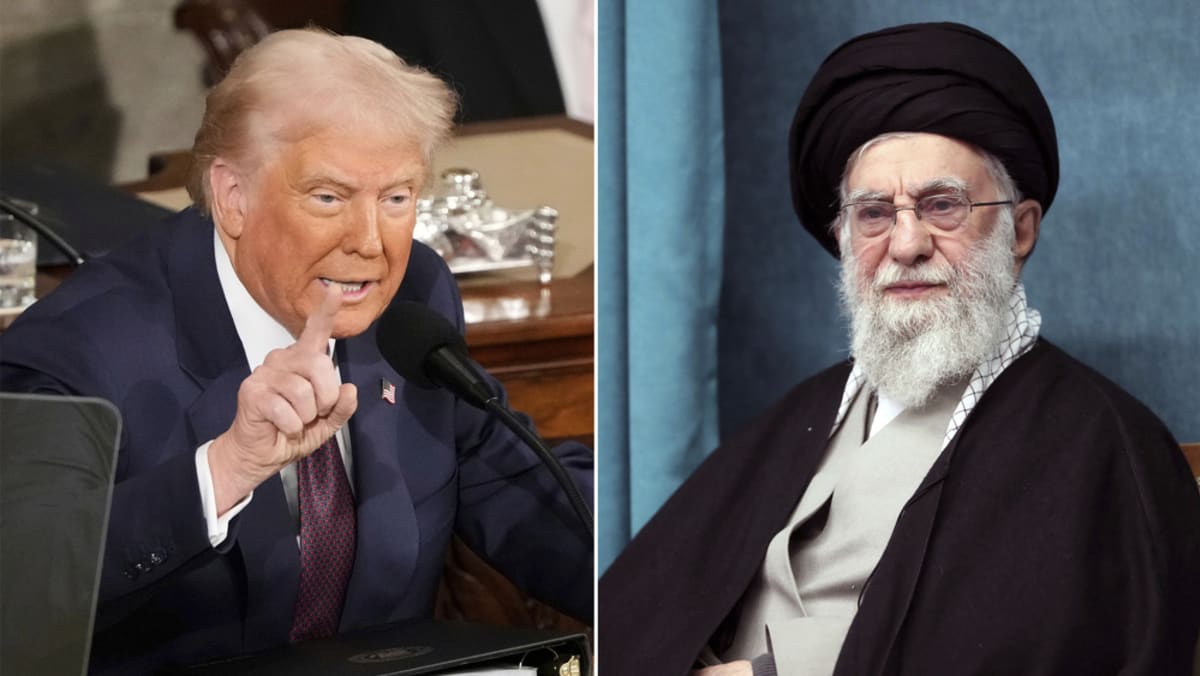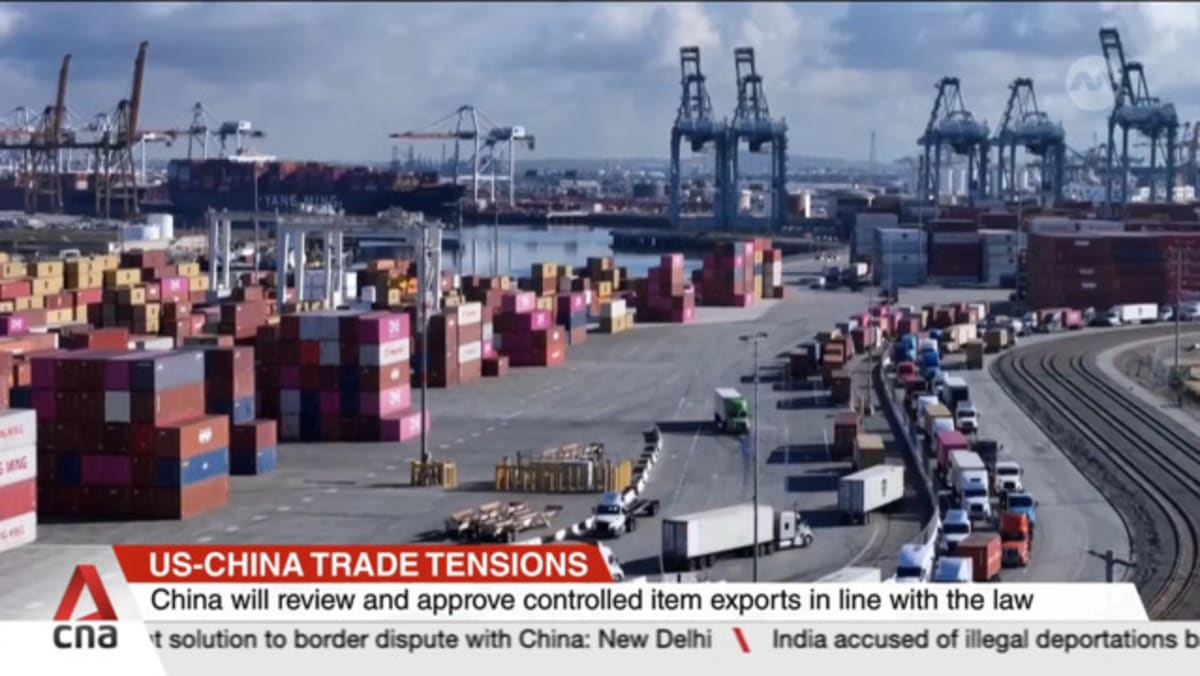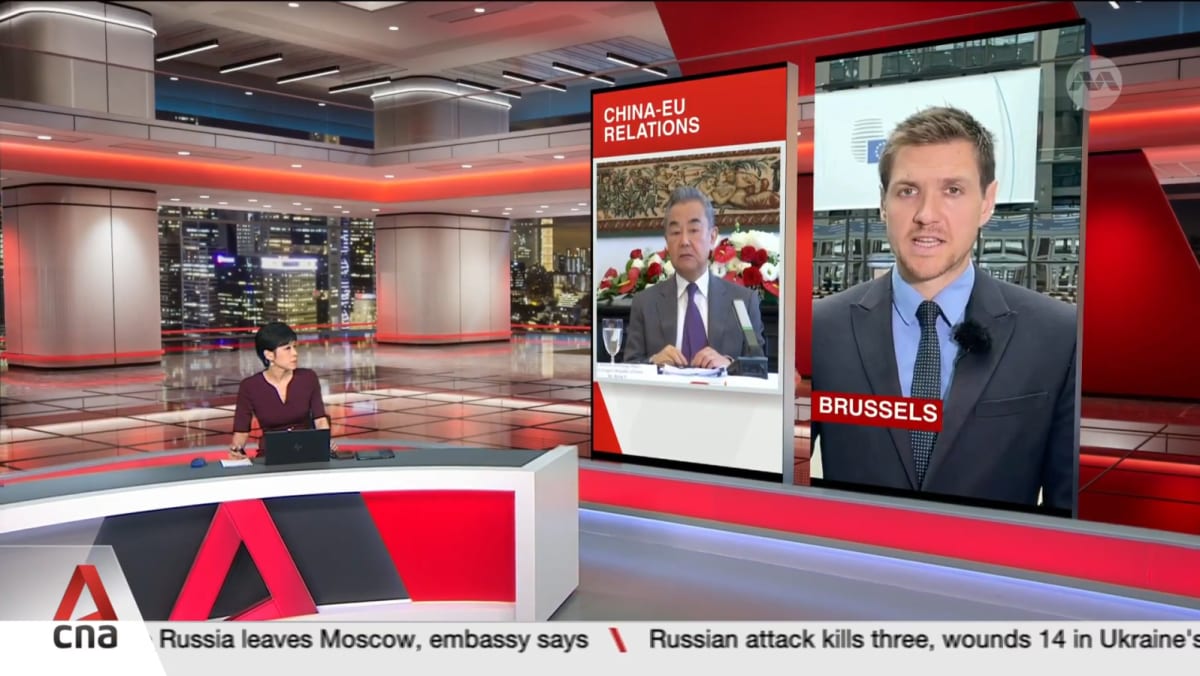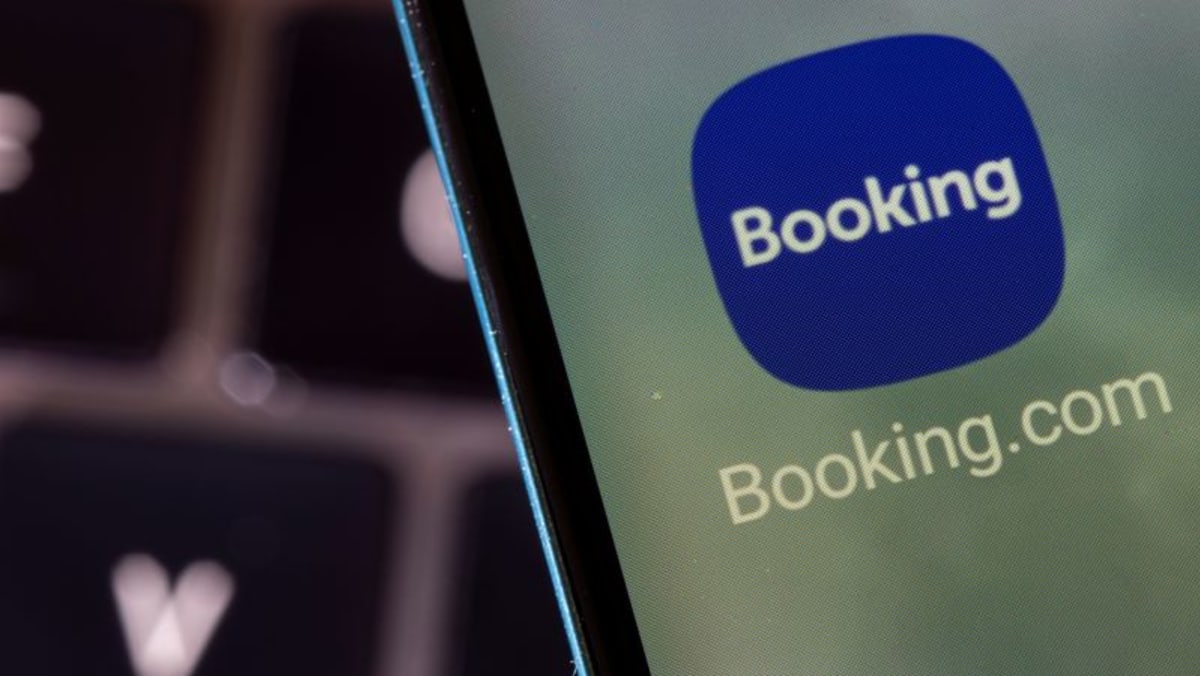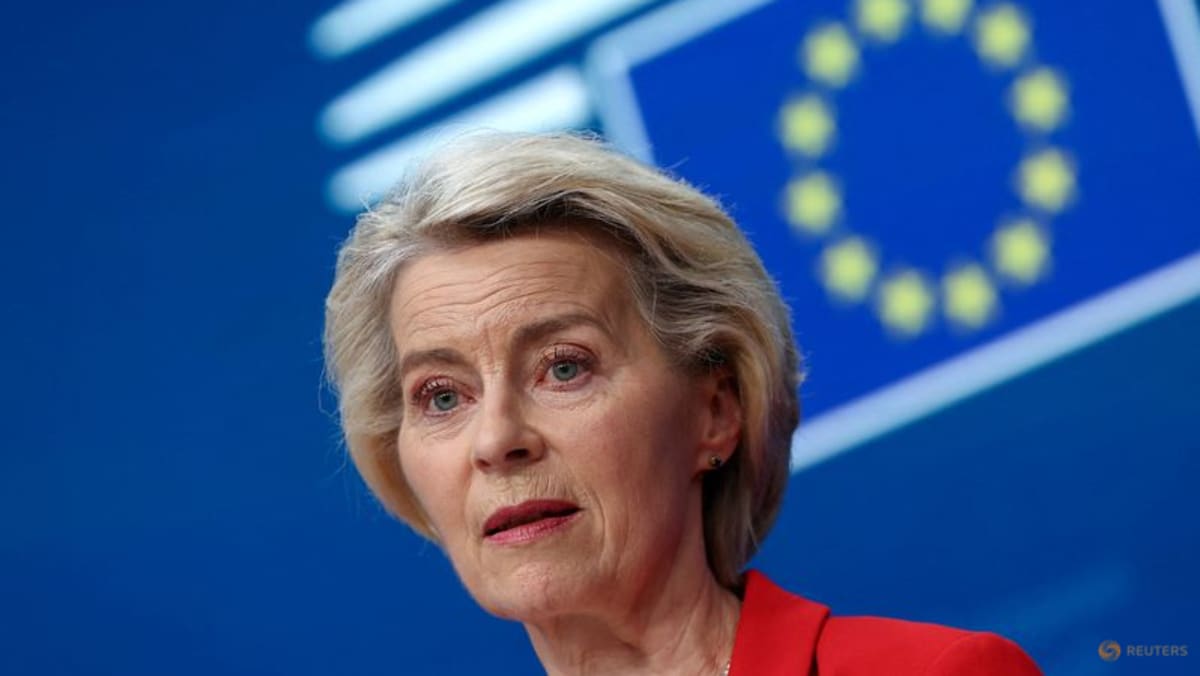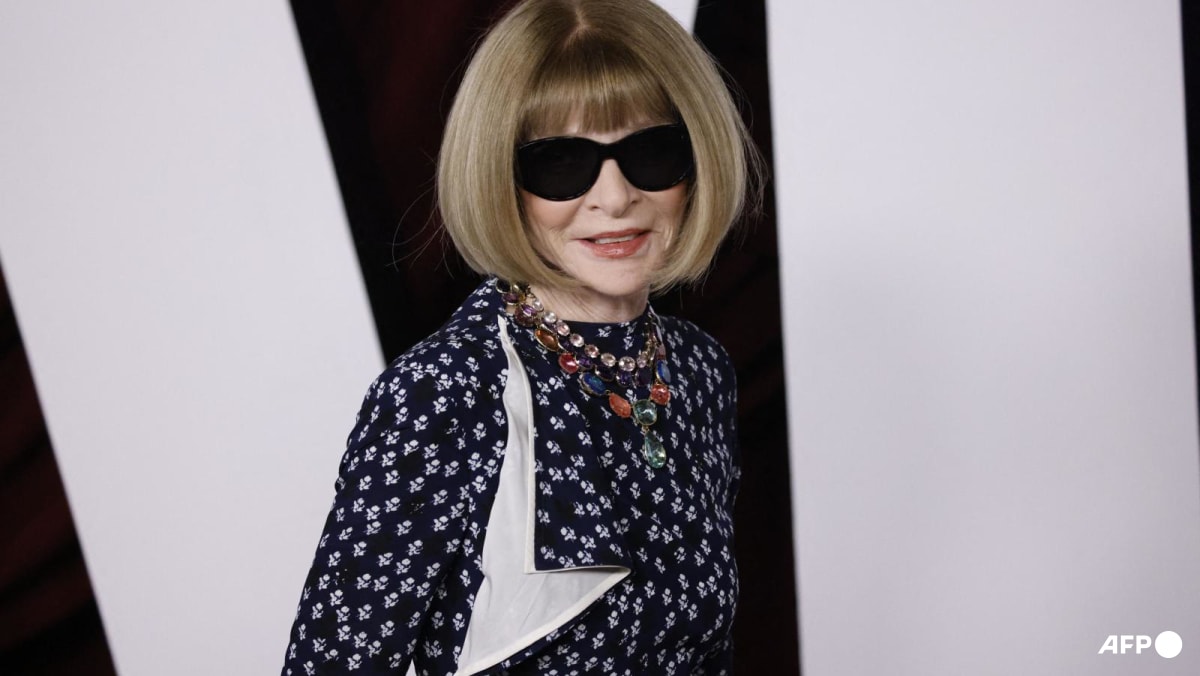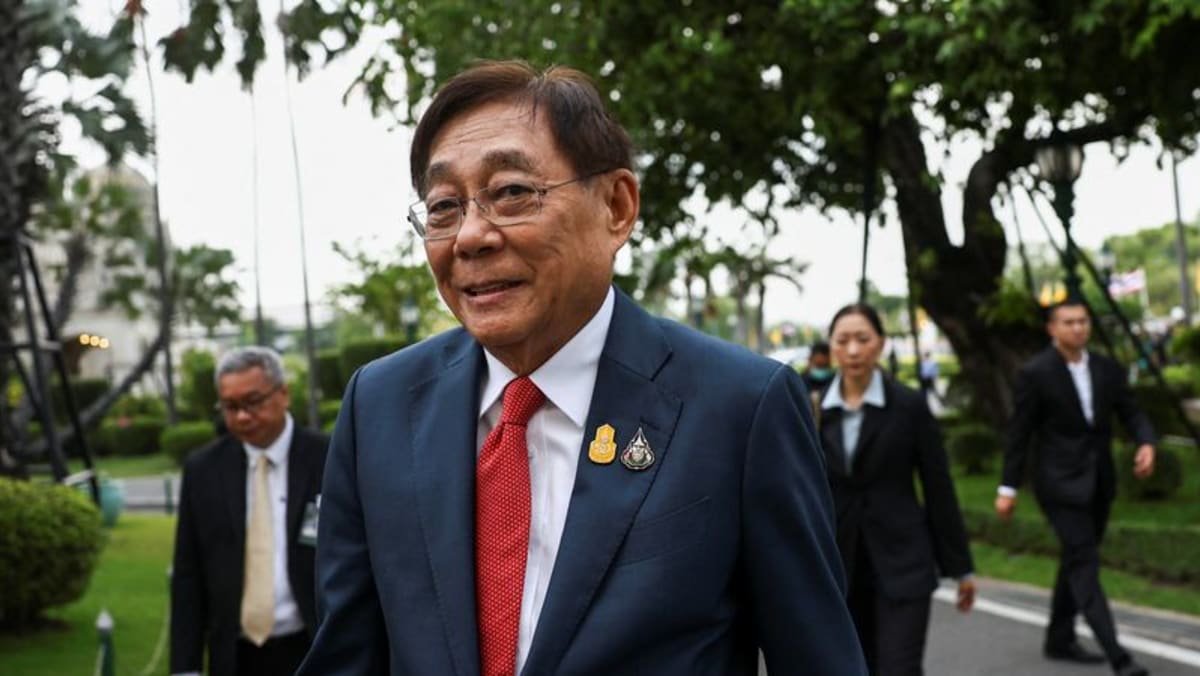RISKS AND OPENINGS
Mr Trump has no doubt noticed, and is intent on making hay while the sun shines. He has derided the Obama nuclear deal as weak, and since his “maximum pressure” campaign during the first term came up empty, he has adopted a different tack in a bid to get a better agreement.
Just in case Iran did not get the message, the Pentagon has also since deployed part of the US Air Force’s stealth bomber fleet to the Indian Ocean island of Diego Garcia, within striking distance of Houthi territory and Iran.
Facing these threats, Tehran will be worrying not only about economic troubles at home but also being subjected to the snapback mechanism from the 2015 deal. Though the US withdrew from the Joint Comprehensive Plan of Action in 2018, any of the current members – France, the United Kingdom, Germany, China, the European Union and Russia – can still trigger it to reimpose United Nations sanctions.
If Iran were to maintain defiance, it has the option of mobilising what is left of its militias in Iraq or closing the Strait of Hormuz, both of which could quickly spiral downward into a regional war. This may not be a risk that Iran is willing to take, considering its weakened state – nor is it in the interest of Washington’s Arab partners in the region.
The most pragmatic option remains to negotiate while saving face.
The strikes on the Houthis thus sent multiple signals to Iran: It will be held accountable for its proxies’ actions in the Middle East, and adventurism will further weaken its already shaky hand. Tehran should be clear-headed, by now, about Mr Trump’s appetite for risks.
But it should also bear in mind that his call for a deal offers an opportunity to manoeuvre. The announcements about talks, whether direct or indirect, offer the clearest signal that there is realism within Iran about the predicament it finds itself in.
Clemens Chay is Research Fellow at the Middle East Institute, National University of Singapore.





